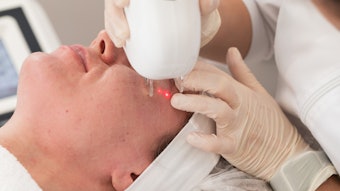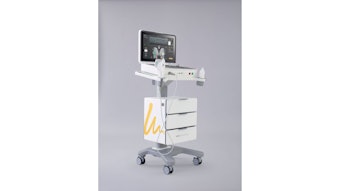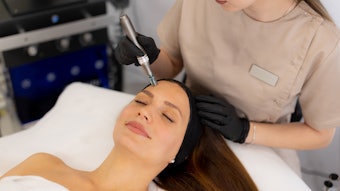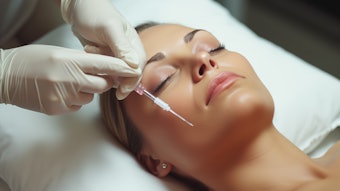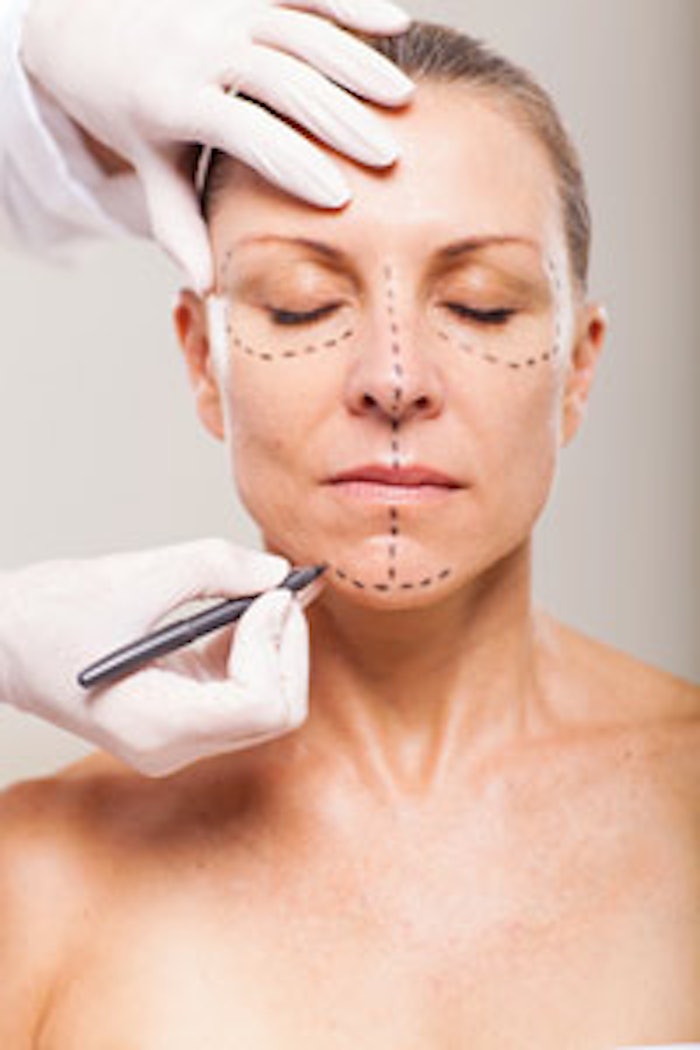
I have been an esthetician for more than 38 years. Early in my career when I was in my 20s, I thought it was ridiculous to even consider having a face lift. I thought, “I am going to take care of my skin with all these wonderful products, and I won’t need a face lift. Who would do that?” As time went on, the professional skin care industry evolved with new ingredients, processes and procedures to be able to treat the signs of aging. I jumped on every bandwagon, and used everything I could get my hands on to keep my skin and my clients’ skin healthy and beautiful. And then I turned 50. Although I had beautiful skin, the signs of aging were starting to appear. I was like any other normal woman and decided to look into my options. In my pursuit to find the fountain of youth, not only did I realize that more invasive treatments work wonders, I also learned how to guide my clients in their quest for youthfulness.
The role of an esthetician
As estheticians, you take on many roles with your clients. You educate them, advise them, relax them and guide them with their skin care decisions. If you build the relationship correctly, there is a huge amount of trust that exists between you and your client. They depend on you for up-to-date information about all of the new treatments, ingredients and procedures that become available in this ever-changing industry. It is important for you to stay educated in all aspects of your industry, as well as dermatology and plastic surgery, so you can help advise them and answer their questions with unbiased honesty.
At some point in your career, you will most likely be asked about Botox, fillers, lasers and the ultimate question: “Do I need a face lift?” There is a lot of fear, concern and trepidation around these procedures. There is an societal expectation that women should age gracefully, yet remain beautiful and youthful. Therefore, many who decide to have these treatments or procedures do it alone. They hide behind closed doors until they have completely healed and keep it a secret because they are embarrassed. It is your role to help support them in their decisions, refer them to the proper professional and give them solid advice.
Botox, fillers and lasers
Today, clients are inundated with options to repair, restore and renew their skin. From the treatment room, mild exfoliations, microdermabrasion and stronger peels, such as glycolic and salicylic, can be offered. These modalities offer great results, but for some, it’s just not enough. After all of these resources have been exhausted, it may be time to consider other—more invasive—options.
Botox. Botox is primarily used in the upper third of the face to relax the muscles that contribute to wrinkles. It’s a popular solution to address crow’s-feet, forehead wrinkles and the lines between the brows. Unlike soft tissue fillers that add volume to skin depressions, Botox blocks the release of a chemical called acetylcholine, which triggers the muscle contractions that create wrinkles. Botox essentially paralyzes the muscles and stops them from contracting. Results are visible within one week after treatment and remain for a minimum of three months. There is much controversy about how safe this treatment is. These products are taken from the protein found in botulin toxin, which some believe is harmful to the body. Due to the small amount used in Botox, it is deemed safe for cosmetic use by the U.S. Food and Drug Administration (FDA). However, advise your clients to be careful and not bargain-shop, because they may end up having an increased risk of complications or side effects if they do.
Fillers. Fillers have become one of the most popular treatments for aging skin. They provide a rapid, nonsurgical solution to diminish wrinkles and restore volume that is lost during the aging process. These products “fill in” lines and wrinkles in the face. It is important to seek advice from a cosmetic surgeon to determine which one is best for your client. Juvéderm*, Hylaform**, Sculptra*** and Silikon 1000**** are the most popular fillers available today. They are seemingly safe and can last anywhere from several months to several years.
Lasers. Lasers are a very vast subject, because there are so many different opinions, types and brands. Do your research so you can be as knowledgeable as possible for clients. A great starting point is to speak with the physicians in your professional network to find out what she is using and why, but here are some of the basics.
The most popular lasers are the carbon dioxide (CO2) and erbium laser. The CO2 method has been used for years to treat different skin issues, including wrinkles, scars, warts, enlarged oil glands on the nose and other conditions. The newest version of CO2 laser resurfacing uses very short pulsed light energy (known as ultrapulse) or continuous light beams that are delivered in a scanning pattern to remove thin layers of skin with minimal heat damage. Recovery takes up to two weeks.
Erbium laser resurfacing is designed to remove surface level, and moderately deep lines and wrinkles on the face, hands, neck or chest. One of the benefits of erbium laser resurfacing is minimal burning of surrounding tissue. This laser causes fewer side effects, such as swelling, bruising and redness, so a client’s recovery time should be faster than with CO2 laser resurfacing. In some cases, recovery may only take one week.
Intense pulsed light (IPL). Also known as a photofacial, IPL is fairly noninvasive. This treatment typically provides decent results without a considerable amount of downtime. It is often misconstrued as being a laser; however, it is actually a bright light that is filtered to provide the right wavelength instead of a single wavelength as with lasers. It is best for treating rosacea, age spots, brown spots and broken capillaries.
Now for the BIG decision!
“Should I have a face lift? Who should I talk to?” These are two questions your client will want you to answer, since you’ve been taking care of her skin on a regular basis. First of all, most likely, you are not a medical doctor. You can be there to support clients in their decisions, but should not try to give them a treatment plan. Only their physician will know what is best for the client and should take into consideration all aspects of their needs. Your job is to guide them in finding the right doctor, help them prepare for the surgery and be there for them during post-surgical care. Advise your client to consider having at least two-to-three consultations with different surgeons. Finding the surgeon that the client feels most comfortable with is imperative, and there should be a great amount of trust and honesty between them. This is a big step and sometimes a long road, so clients have to be able to ask questions and be open with their physician. One of the best things you can do as an esthetician is give your client advice on what questions to ask. See Questions to Ask Before Plastic Surgery to help guide your client during their consultation.
The final step
If your client has made the decision to have a face lift, you can be a great help in the pre- and post-op portions of her care. Make sure you understand what the physician expects the client to do before the surgery. Usually, clients need to prep with certain prescription products, such as tretinoin and/or hydroquinone. Be sure that any treatments you give the client will not interfere with her pre-face lift regimen. In most cases, it is not advisable to have any treatments for one month prior to surgery. As for post-op care, the client will be given specific healing creams to use at home. Post-op care will vary from doctor to doctor, but typically the client should not have a treatment for at least 6–8 weeks. Once healed and given permission to come in for a service, you will want to be as gentle as possible. Concentrate on repairing, nourishing and healing the skin. Educate your client about how important it is for them to continue having treatments. They have just spent a lot of money to look younger, now you can work together to keep their skin as youthful-looking as possible.
There is a huge psychological aspect to this decision, as well. Most people go through a period of remorse or depression afterward. They will ask themselves why they did it and wonder if they will ever look normal again? They may be concerned about the swelling or scarring. Remind clients how amazing the skin is, and how quickly it will heal. Offer ideas to help with these issues. Gentle massage, lymphatic drainage massage and pressure-point massage are greatly beneficial. Some physicians recommend the use of a facial cleansing brush after a few weeks to help improve circulation and collagen production.
Estheticians are advocates. Remember: You are there to provide education, understanding and support for clients in whatever decision they make. Educate yourself and make proper connections with the specialists in your area so you can give your clients the best care and advice—as well as the most effective treatments—before and after the procedure.
*Juvéderm is a tradename of Allergan, Irvine CA.
**Hylaform is a tradename of Genzyme Corporation, Cambridge, MA.
***Sculptra is a tradename of Valeant Aesthetics, Bridgewater, NJ.
****Silikon 1000 is a tradename of Alcon Laboratories, Fort Worth, TX.
Beverly Miller has been an esthetician for more than 30 years and opened Tranquility Spa and Wellness Center in St. Charles, IL, in 2000. Her passion is working with people and their skin-related issues, and transforming them into relaxed and satisfied clients.


